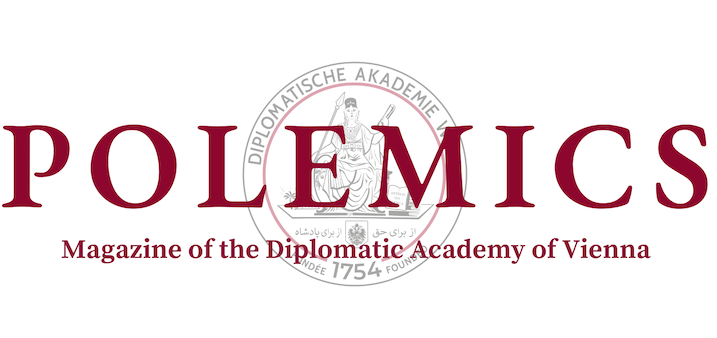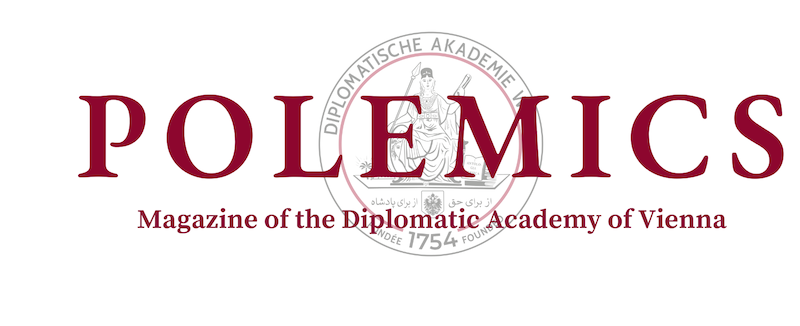As COVID-19 transmission occurs through droplets in the air, overcrowded cities mounted a massive problem for governments around the world. Those who could, fled to avoid infection, thereby altering housing markets and economic activities. City dwellers lacking this privilege stayed and dealt with their new realities, fearing infection from within their communities.
Despite having the second-largest population in the world, India handled the pandemic with remarkable results—a 98 percent recovery rate of patients and a 1.5 percent mortality rate. A comparison of Indian cities, however, indicates that some have been faring much better than others. Significant imbalances in infrastructure and services exist within and among the country’s urban centers. These developmental disparities starkly highlight the superiority of smart cities concerning resilience and responsiveness.
The Smart Cities Mission of India launched in June 2015 in 100 cities, including the major cities of Surat, Pune, Varanasi, Agra, and Chennai. On 5 November, the Johns Hopkins COVID-19 tracker reported less than 500 active cases for each of these five cities. A few smart cities, for instance, Agra, Surat, and Pune, also offer COVID-19 statistics dashboards outlining the numbers for cumulative, active, recovered, and deceased cases. Perhaps more crucially, these dashboards provide guidelines for quarantining, self-reporting, and testing. By comparison, regular cities disclose worse numbers. As of 6 November, the national COVID-19 dashboard reports more than four times the number of active cases in Goa, than, for instance, Pune, despite Goa having only half the population of Pune.
Best practices enacted by Indian smart cities include supporting quarantine efforts through geo-tracking and self-reporting apps, mapping potential COVID-19 cases and testing locations, surveilling hotspots with drones, offering telemedicine services, and providing analytics to prevent medical resources and facilities from becoming congested. Of these measures, the most vital is the creation of a centralized decision-making office in the form of an Integrated Command and Control Center (ICCC), functioning as a one-stop-shop for information, mandates, and services related to the pandemic. In short, these cities optimize data gathering, sharing, and processing, resulting in the efficient transmission of vital information and effective management of resources. If any doubts arise, residents of these cities could simply refer to their local municipalities, abating public anxiety related to misinformation regarding COVID-19. During this pandemic, receiving smart and updated information so easily is a luxury to some and a matter of life and death to others.
In effect, contact tracing is delegated to local government officials, relieving healthcare workers of one more responsibility. This arrangement entails the transaction cost of cooperation. Nonetheless, smart cities and digitization should optimize contract tracing enough to offset this transaction cost. An analysis of Indian smart cities’ COVID-19 statistics confirms this hypothesis. Critically, the agility of digitized processes allows the use of gathered data to ease decision-making and smoothly adapt to new developments. Rapidly changing environments require municipalities that can keep pace. Simply put, smart cities are better-equipped to absorb shocks, whether those are financial, economic, or social. The different degrees of the pandemic’s impact between India’s smart cities and its non-smart states, such as Goa and West Bengal, prove this fact.
Big data and privacy loss might spook some, but data mining is the reality of the 21st century; avoidance is futile, and it seems, under certain conditions, people will tolerate the invasion of privacy. In 2019, 2.5 billion people in the world actively used Facebook every month, and 1.5 billion were active users of Gmail. Both tech giants rely on selling private information to advertisers to provide free services. This advertising model has never pleased everyone, but outrage broke out only against Facebook following the Cambridge Analytica data scandal last year. Conversely, no one bats an eye at Amazon’s similar practices. Whereas ads seem bothersome while using social networks like Facebook or Instagram, in an e-commerce platform like Amazon, advertising strikes users as accommodating suggestions. These examples illustrate that as long as users feel their data is handled responsibly and applied appropriately, they tolerate some invasion of privacy.
Regular folks cannot choose a global tech firm’s next CEO, but they can elect public officials. In particular, local politicians remain more accessible for constituents, translating into more transparency and accountability on the municipal level. As the events of 2019 confirm, digitization requires checks and balances, but its importance for modern societies remains undeniable. In India, the smart city responses to COVID-19 demonstrate its capability to provide peace of mind and even save lives.
Due to their density, cities have always been a hub for diseases, requiring periodic improvements and adjustments, mainly in housing and sanitation. Battling infectious diseases like smallpox and cholera produced both the Paris School of Medicine and a robust sanitation effort in London during the 19th century, with the rest of Europe following suit. These efforts, however, were reactive. In contrast, a smart city solution would be a proactive initiative as digitization guarantees a smarter response and greater resilience to crises. Yet specific issues revealed by the COVID-19 crisis are still not permanently addressed.
The pandemic challenges current perceptions of urban design, reintroducing an existing conversation among urban planners with more urgency: advancing health through urban development. The new urban agenda takes disease prevention one step further by promoting health so that citizens become less vulnerable to disease. Public health physician and urban epidemiologist Professor Tollulah Oni identifies three crucial problems. According to her, most modern cities compound food insecurity, prioritize motorized traffic, and increase disease transmission with poor housing. Similarly, Kunal Kumar, the Joint Secretary and Mission Director of Smart Cities, MoHUA asks: “What is a smart city if it does not address health; if you are not healthy, why are you making smart cities?”
This urban transformation will require an immense collaborative effort from governments, private firms, investors, and multilateral organizations. Fortunately, the changes are already underway. On 26 August, India hosted a forum to discuss the necessary reconstructions, which drew government representatives, CEOs, researchers, consultants, and developers. They deliberated the best steps to “improve health equity” by redesigning the community. For India, redesigning for equity requires reversing the tradition of settlements preceding the establishment of basic community necessities. Proposed initiatives focus on pre-emptively establishing and increasing equal access to necessities. Thus, “soft issues,” which were previously overlooked and dismissed, are now prioritized. The question of public open spaces, which the quality and availability of contributes to the opportunities of citizens to maintain their physical and mental well-being, become particularly pertinent.
With all its devastating effects, the pandemic also creates pressure for governments to enact positive change swiftly, reinvigorating the work initiated by the Smart Cities Mission of India—improving Indian citizen’s quality of life. The recent conference proves that despite the challenges, changemakers are up to the task of solving them.
Edited by Andrea Gutschi; Photo credits: Gerd Altmann, Pixabay and Shashank Hudkar, Unsplash









